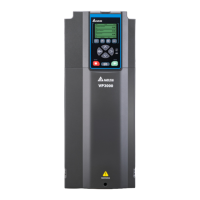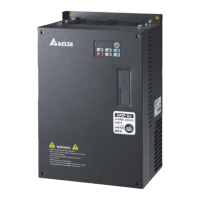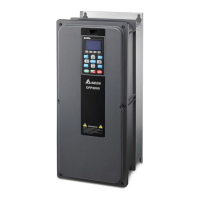Chapter 3 Electrical Wiring|VP3000
139
In order to avoid interference, some electronic devices or measuring equipment must implement
electrostatic shielding. For example, the grounded metal cover or denser metal mesh cover is used
for indoor high-voltage equipment. Another example is a power transformer for full-wave rectification
or bridge rectification. A metal sheet or a layer of enameled wire is wrapped between the primary
winding and the secondary winding and grounded to achieve the shielding effect. In addition, in high-
voltage live work, workers wear pressure equalizing suits woven with metal wires or conductive fibers,
which can protect human body as a shield.
3-9-3 Wire and Cable
The Shielded Twisted Pair (often abbreviated as STP) is a copper wire. This type of wire is twisted
with each other in two pairs and packed in an insulating sleeve. The metal mesh (usually copper)
outside the twisted pair can shield the transmission line from external electromagnetic field
interference and also serve as a ground.
The outermost layer of the ware and cable is generally rubber or rubber synthetic sleeve. The function
of this layer is to insulate and to protect the cable from damage.
Cables are divided into high-voltage and low-voltage cables. If it is a high-voltage cable, there will be
a layer of resin-like filler inside to achieve insulation. In high-voltage cables, this layer is the most
important part of insulation. Low-voltage cables do not have this layer of filler but are wrapped with
something like a ribbon inside. This is to fix each core of the cable and fill the gap in the middle.
The two functions for the shielding layer of the power cable are as follows:
1. The current passing through the power cable is relatively large, resulting in a magnetic field
around the current. To avoid affecting other components, the shielding layer can shield this
electromagnetic field in the cable.
2. To achieve a certain degree of ground protection. If the cable core is damaged, the leaked
current flows into the grounding grid along the shielding layer to achieve safety protection.
3-9-4 Filter
Electromagnetic interference is divided into ration and conduction according to the energy transmitting
methods. For radiated interference, shielding technology can generally achieve the best results; as for
conducted interference, the most effective and economical methods is to use magnetic filter
components to eliminate and suppress it.
In noise interference, the 150K–300 MHz frequency band is called high-frequency; and 120–3000 Hz
frequency band is called low-frequency. The high-frequency noise current has a small amplitude but
high frequency, and the low-frequency noise current has a large amplitude but low frequency. Both of
them are transmitted to the power supply system through the power line.
The high-frequency interference conducted by the power supply needs to be effectively eliminated
and suppressed by using a filter. The filter is composed of an inductance coil and a capacitor. Not all
the drives have built-in filters, in which case an external filter must be purchased. Refer to Figure 3-95
for general standard filter wiring diagram.

